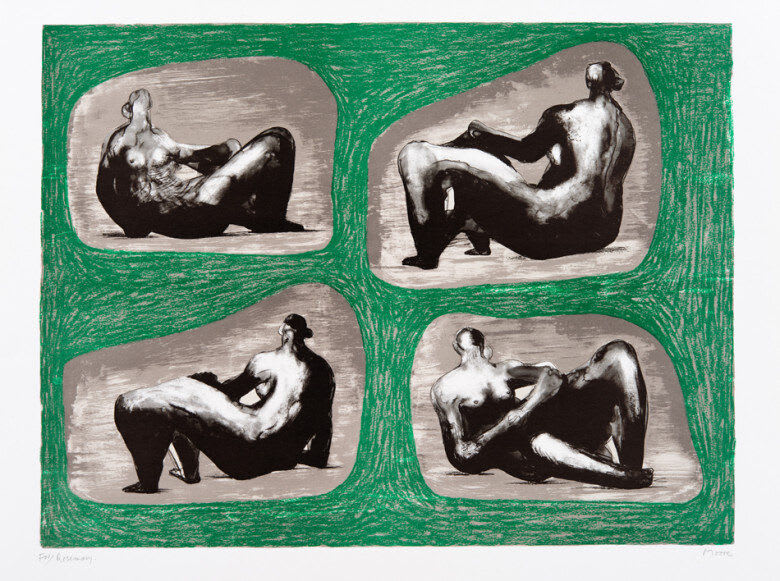Henry Moore British, 1898-1986
Henry Moore made large-scale modernist sculptures of the human form. While he took inspiration from African and pre-Columbian art, along with the work of his contemporaries such as Barbara Hepworth, Pablo Picasso, and Alberto Giacometti, Moore developed his own visual language using marble and bronze. Throughout his career, the artist carved the Madonna and Child, nuclear families, and single figures in repose. His style embraced hollows, crevices, and undulating, biomorphic shapes that all complicated the boundary between figuration and abstraction.
The son of a Yorkshire coal miner, Moore enjoyed his first overseas retrospective at the Museum of Modern Art in 1946. He swiftly became an international sensation. In 1948, he represented Great Britain at the Venice Biennale and won the International Sculpture Prize. Today, Moore’s sculptures can be found in public parks and plazas worldwide and in the collections of the Tate, the Guggenheim Museum, the Hammer Museum, the Stedelijk Museum, and the Art Gallery of Ontario (via Artsy).

